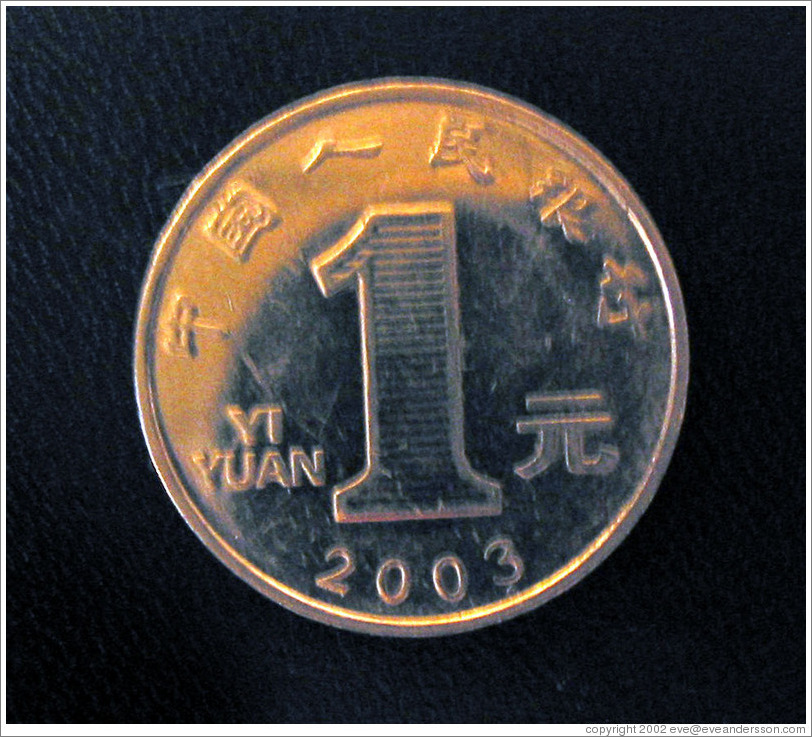
"Woooooooooo, Pig! Sooie!"
- President William Jefferson Clinton (at University of Arkansas sporting events)
Similar to the grains (corn, soybeans, and wheat) discussed in the previous post, the Lean Hog contracts are very liquid and have high seasonal correlation from year to year, as do the Live Cattle contracts. Almost every year, the April contracts for both Lean Hogs and Live Cattle soar in price beginning in late-December or early-January, following dramatic plunges in price immediately prior to Christmas. Right on schedule, both hogs and heifers plunged in price this fall and early-winter, and I made some good money earlier this year shorting the hogs.
While published reports and market commentaries continue to be bearish on all of the major meat contracts (Lean Hogs, Frozen Pork Bellies, Live Cattle, and Feeder Cattle), over the last several trading days the cattle contracts have started to move upward right on schedule. Since the Live Cattle contract is the more liquid of the two, I have started watching that April 2008 contract closely, and plan to get on the train on the second consecutive close above 99. The Lean Hogs haven't started moving up yet, but I will continue to watch that April 2008 contract as well, and plan on getting onboard on the second consecutive close above 68.
The secret to trading is good money management much more than trade selection. Investors spend most of their time trying to find the next "sure thing," and not nearly enough time focusing on the mechanics of their swing. You want to search out opportunities where you have any type of edge and then take a cut. If a trade goes against you, cut it quickly, and if it goes your way, let it run with a trailing stop. As long as the amount of money you make on winners exceeds the amount of money you give back on losers, you win, even if you only "won" on 2 out of every 10 trades. The historical trends indicate that the odds are in your favor with the meats in January, but it's the mechanics of your swing - waiting patiently for the right entry point, cutting your losers quickly and letting your winners run - that will make you come out ahead in the end. Good trading!
 The hagiography of Benazir Bhutto has begun in earnest, as you can see from the framing and composition of the above photograph that appeared on Time's website. While there is no doubting her bravery in returning to Pakistan, the picture of her as an earnest liberal democrat focused solely on the welfare of her people is far from the mark. My favorite description of her comes courtesy of Marty Schwartz, immortalized forever as the "Champion Trader," by Jack Schwager in his trading classic, Market Wizards: Interviews with Top Traders. While it was Michael Lewis' Liar's Poker: Rising Through the Wreckage on Wall Street that first got me interested in being a trader, it was Marty Schwartz's Pit Bull: Lessons from Wall Street's Champion Day Trader, one of the all-time classic trading books, that really made me believe it was possible to succeed at this game.
The hagiography of Benazir Bhutto has begun in earnest, as you can see from the framing and composition of the above photograph that appeared on Time's website. While there is no doubting her bravery in returning to Pakistan, the picture of her as an earnest liberal democrat focused solely on the welfare of her people is far from the mark. My favorite description of her comes courtesy of Marty Schwartz, immortalized forever as the "Champion Trader," by Jack Schwager in his trading classic, Market Wizards: Interviews with Top Traders. While it was Michael Lewis' Liar's Poker: Rising Through the Wreckage on Wall Street that first got me interested in being a trader, it was Marty Schwartz's Pit Bull: Lessons from Wall Street's Champion Day Trader, one of the all-time classic trading books, that really made me believe it was possible to succeed at this game.
Bhutto was an early investor in an international fund managed by Marty. He met her at a lavish and opulent party in England, and described her as follows:
"This was not the woman I'd seen on TV, her body covered in drab black tentlike garb, her thin ascetic face devoid of makeup, her straight black hair pulled back under a black scarf. A gold chain hung over one shapely shoulder and attached to it was a quilted black Chanel pocketbook. Chanel beads, Chanel shoes, and Chanel fragrance all adorned Benazir - Coco in her most opulent hour had never worn as many accoutrements as Benazir Bhutto. This woman had money radiating out of every aperture."
Having worked in the intelligence field, and having visited and analyzed many third world countries, especially in Asia, I recognize Bhutto's type very clearly - someone who could not get ahead in her country's domestic politics on her own power, and therefore tried to use the United States to accomplish her goals for her. Mark Steyn, the most astute political commentator on the current scene, as usual nailed it.
Another astute analysis came from an estranged relative, Bhutto's niece Fatima. Coincidentally, I finally got around just last month to reading Ghost Wars: The Secret History of the CIA, Afghanistan, and Bin Laden, from the Soviet Invasion to September 10, 2001, a book my brother gave me as a gift several years ago. This meticulously documented book makes it clear that the Taliban was a Pakistani-funded and supported creation from its very beginnings, and that Bhutto lied directly and repeatedly to United States officials about Pakistan's activities in support of the Taliban.
In light of this history, why on earth would anyone at Foggy Bottom believe that she would really welcome "NATO boots on the ground" in the Pakistani border areas where Osama Bin Laden is hiding? Both times she was deposed as Pakistan's ruler, corruption was the excuse, but the real reason was her attempts to bring Pakistan's Islamist-infiltrated intelligence service to heel. It is quite clear she would say anything to the United States she thought they wanted to hear to gain the assistance of the CIA in regaining power - a power she was not capable of seizing unaided.
The most obvious recent similar example of someone who hoodwinked the United States this way was Ahmad Chalabi. You can read that whole sad story here.
Hopefully, Pakistan will emerge from this chaos with responsible, mature, non-Islamic fundamentalists in firm and clear command and control of Pakistan's nukes. If not, the special forces of the United States, India, Israel, or some unprecedented combined force might very well be sent in to take them out. To paraphrase H.P. Lovecroft, that scenario would indeed be "too horrible to describe," but the groundwork for it is already being laid. Note my use of the word "hopefully" at the beginning of this paragraph, and remember that hope is not a good investment strategy. As if we needed yet another reason to BUY GOLD!















